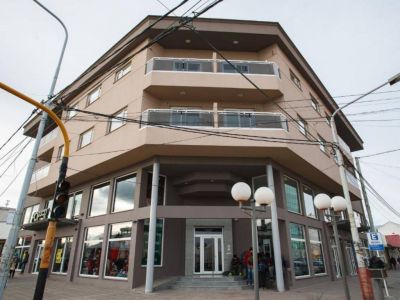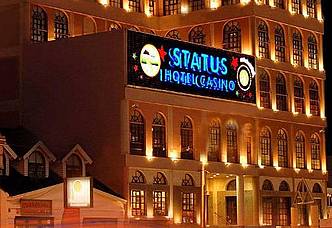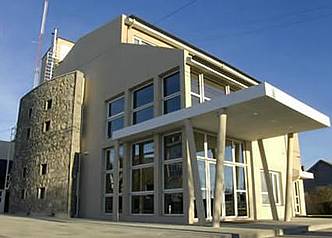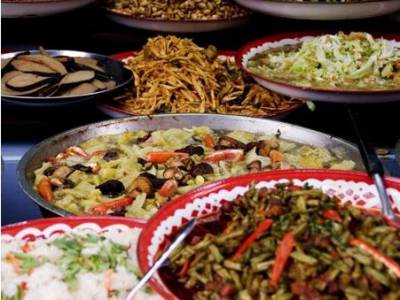Río Grande
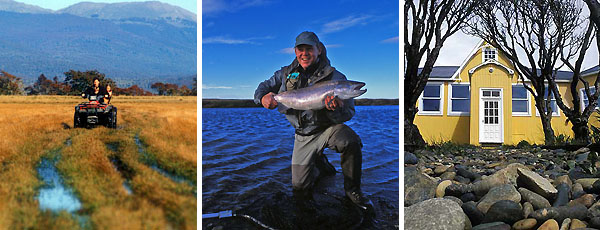 Río Grande - Photos: Osvaldo Peralta - Gentileza INFUETUR
Río Grande - Photos: Osvaldo Peralta - Gentileza INFUETUR Known as “Garden City”, Río Grande is the most densely populated city in the Province of Tierra del Fuego. On the shores of the Argentinian Sea and divided into two areas by the Grande River, the local population lives essentially on industry, oil and livestock.
Almost 3,000 kilometers separate the city from Buenos Aires, 365 from Río Gallegos and 220 from Ushuaia, all of them joined by National Route 3. This modern city, lying in the north of the southernmost province in Argentina, is immersed in a natural environment highly appreciated by lovers of angling and nature in general.
Río Grande is basically related to sheep husbandry and, in the last few decades, factories where electronic devices and home appliances are assembled have been opened in the area. As a result of development regulations, an industrial park has been established with small and medium sized companies, which started to go downhill when the government allowed the entrance of massive imports. Nowadays, the local economy is recovering due to the growth of manpower need for the exploitation of natural gas and oil in basins near the city.
Nature in the outskirts of Río Grande invites visitors to enjoy almost unspoiled scenes where some areas have not been affected by the presence of man. The city is located inside a natural protected area where wildlife mapping, especially Patagonian bird watching, stands out. Cabo Domingo, in the north of Río Grande, is the perfect geographical feature for visitors to observe nature.
The dairy, meat processing and wool industries, as well as the sheep cattle artificial insemination, have experienced a surprising progress in the last few years. Several local estancias show visitors around on guided tours to reveal how those tasks are performed. They even offer accommodation.
Land communication is managed by several bus lines. There are also regular flights and boats reaching the City of Río Grande. It must be pointed out that reaching the island from the continent implies crossing to Chilean soil, with the corresponding customs proceedings. Besides, the Strait of Magellan is crossed by a permanent ferry service.
Virginia Choquintel and Monseñor Fagnano Museums show the history and ona or selk´nam, yamana and alakalufe native cultures, who welcomed the colonists in the past, as well as the Salesian mission that evangelized them.
The cold temperatures are moderate due to the influence of the sea coast. The wind, on the other hand, is constant. Three well-defined areas may be identified in Río Grande: steppe, ecotone and mountain range.
Tierra del Fuego is characterized by angling, which includes the practice of fly-casting, spinning and fly-fishing. Landlocked salmon, rainbow trout, brown or European trout and brook or salmon trout can be found in all the rivers, creeks and lakes. Río Grande is the venue for the Sea Bass Provincial Festival, a sea species highly coveted by all anglers.
The meat of the lamb raised in Tierra del Fuego is the typical regional cuisine dish.
Accommodation 15 Accommodation
Rent a car 8 Rent a car
Restaurants and gastronomy 42 Restaurants and gastronomy
Map Río Grande








